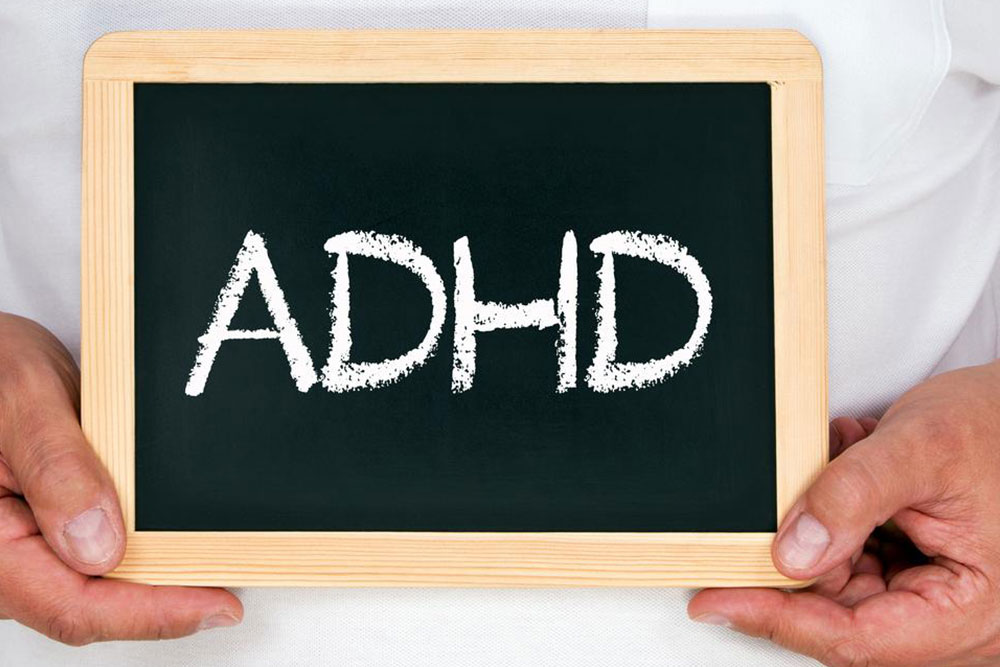Understanding Peripheral Neuropathy: Causes, Symptoms, and Treatments
Explore the essentials of peripheral neuropathy, including its causes, symptoms, diagnosis, and treatment options. Learn how nerve damage affects motor, sensory, and autonomic functions and discover effective management strategies. Consult healthcare providers for personalized care.

Peripheral neuropathy arises from damage or injury to the peripheral nervous system, which transmits signals between the body and the central nervous system. When these nerves are impaired, communication with the brain may be disrupted, leading to various symptoms. The condition can be either sudden or develop gradually over time, lasting from days to years. Symptoms depend on the nerve type affected: motor nerves control muscle movements, causing weakness or cramps; sensory nerves influence senses, leading to numbness or tingling; and autonomic nerves regulate involuntary functions, potentially causing issues like blood pressure drops or sweating abnormalities. Diagnosis involves neurological exams and lifestyle assessments. Treatments range from pain relief to medications targeting nerve repair, often with physiotherapy support. Note: Consult a healthcare professional for personalized diagnosis and therapy options.










